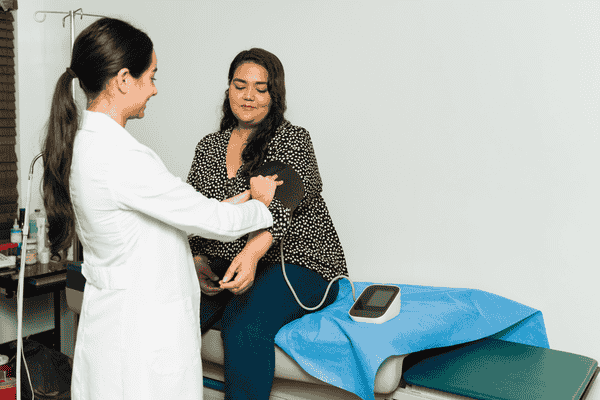When searching for a caregiver, effective communication is essential to ensure compatibility, clarify expectations, and establish a productive relationship. Here’s a comprehensive guide on how to communicate effectively with caregivers during your search:
1. Initial Contact and Introduction
The first step is initiating contact. Whether you’re reaching out through a caregiver agency, a platform, or a referral, introduce yourself clearly. Provide basic details such as your name, the type of care needed, and any specific requirements or preferences you have.
2. Discuss Care Needs and Expectations
Clearly outline the care needs of the person receiving care. Be specific about tasks involved, such as personal care, medication management, meal preparation, and mobility assistance. Discuss any medical conditions or dietary restrictions that the caregiver needs to be aware of.
3. Availability and Schedule Coordination
Discuss the required schedule and availability. Determine if the caregiver’s availability aligns with your needs, including weekdays, weekends, overnight stays, and any flexibility required. Clarify expectations regarding punctuality and reliability.
4. Experience and Qualifications
Inquire about the caregiver’s experience and qualifications. Ask about their training, certifications, and previous caregiving roles. Discuss their familiarity with specific conditions or specialized care requirements relevant to your situation.
5. Communication Preferences
Establish preferred communication methods. Determine whether you prefer phone calls, emails, text messages, or in-person meetings for updates, scheduling changes, or emergencies. Clarify response times and availability for communication.
6. Discuss Compensation and Payment
Transparently discuss compensation and payment terms. Clarify hourly rates, payment methods, and frequency. Ensure mutual understanding of any additional costs such as transportation or special equipment.
7. Clarify Roles and Responsibilities
Clearly define roles and responsibilities. Outline what tasks the caregiver is expected to perform and any boundaries or limitations. Discuss mutual expectations regarding professionalism, confidentiality, and respect for privacy.
8. Emergency Protocols
Discuss emergency protocols and procedures. Ensure the caregiver understands how to handle medical emergencies, whom to contact, and where essential information (like medical records and emergency contacts) is kept.
9. Trial Period and Evaluation
Consider a trial period to evaluate compatibility. This allows both parties to assess communication styles, caregiving skills, and overall fit before committing long-term. Schedule regular check-ins during the trial period to discuss progress and address any concerns.
10. Open Communication and Feedback
Maintain open communication throughout the caregiving relationship. Encourage caregivers to provide feedback on the care provided and any concerns they may have. Similarly, be open to receiving feedback and addressing any issues promptly and constructively.
Conclusion
Effective communication with caregivers is crucial for establishing trust, ensuring quality care, and fostering a positive caregiving relationship. By being clear about expectations, discussing care needs openly, and maintaining regular communication, you can enhance the caregiving experience for both the caregiver and the person receiving care.
Navigating the process of finding and communicating with caregivers can be challenging, but clear communication from the outset lays a solid foundation for a successful caregiving arrangement.













